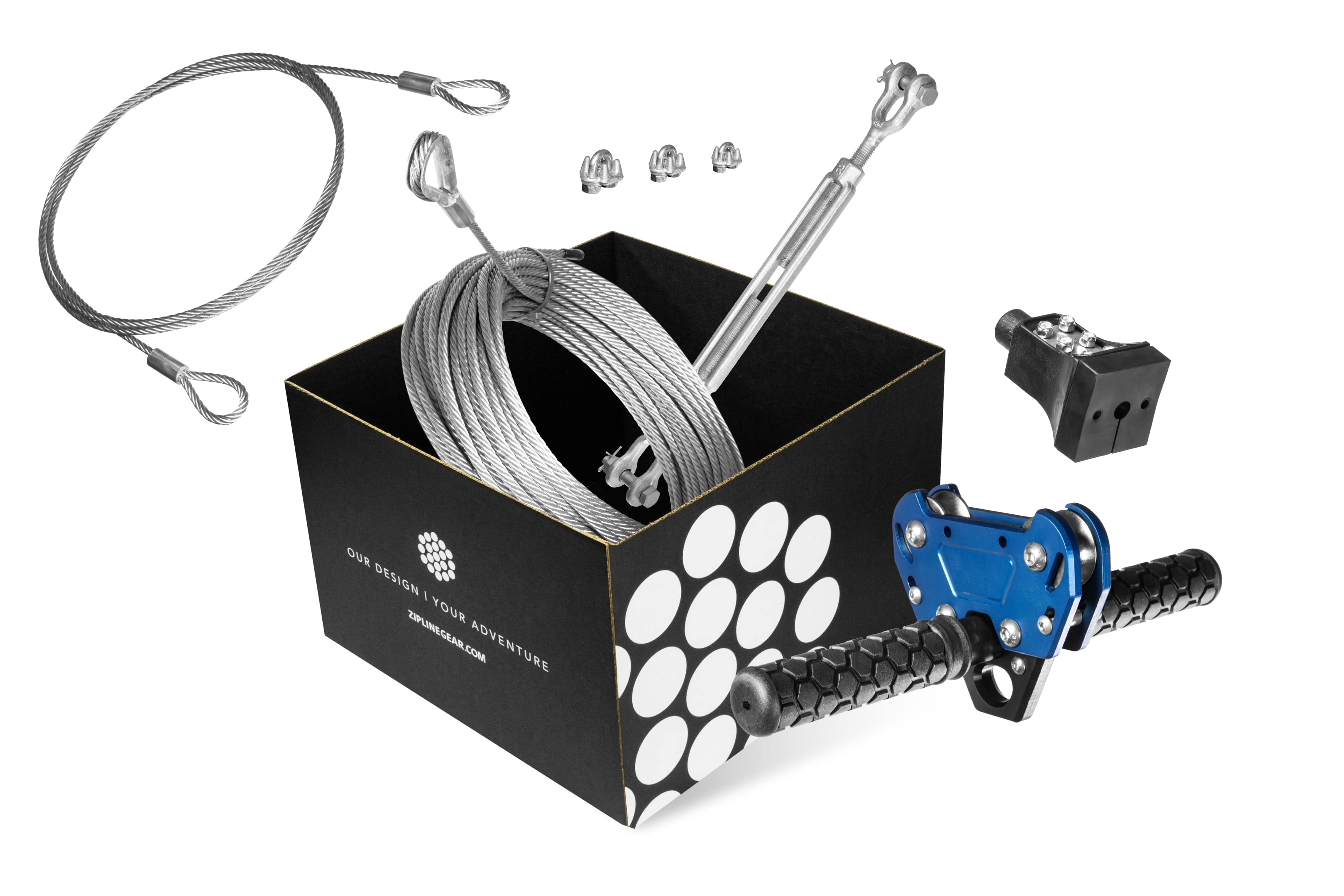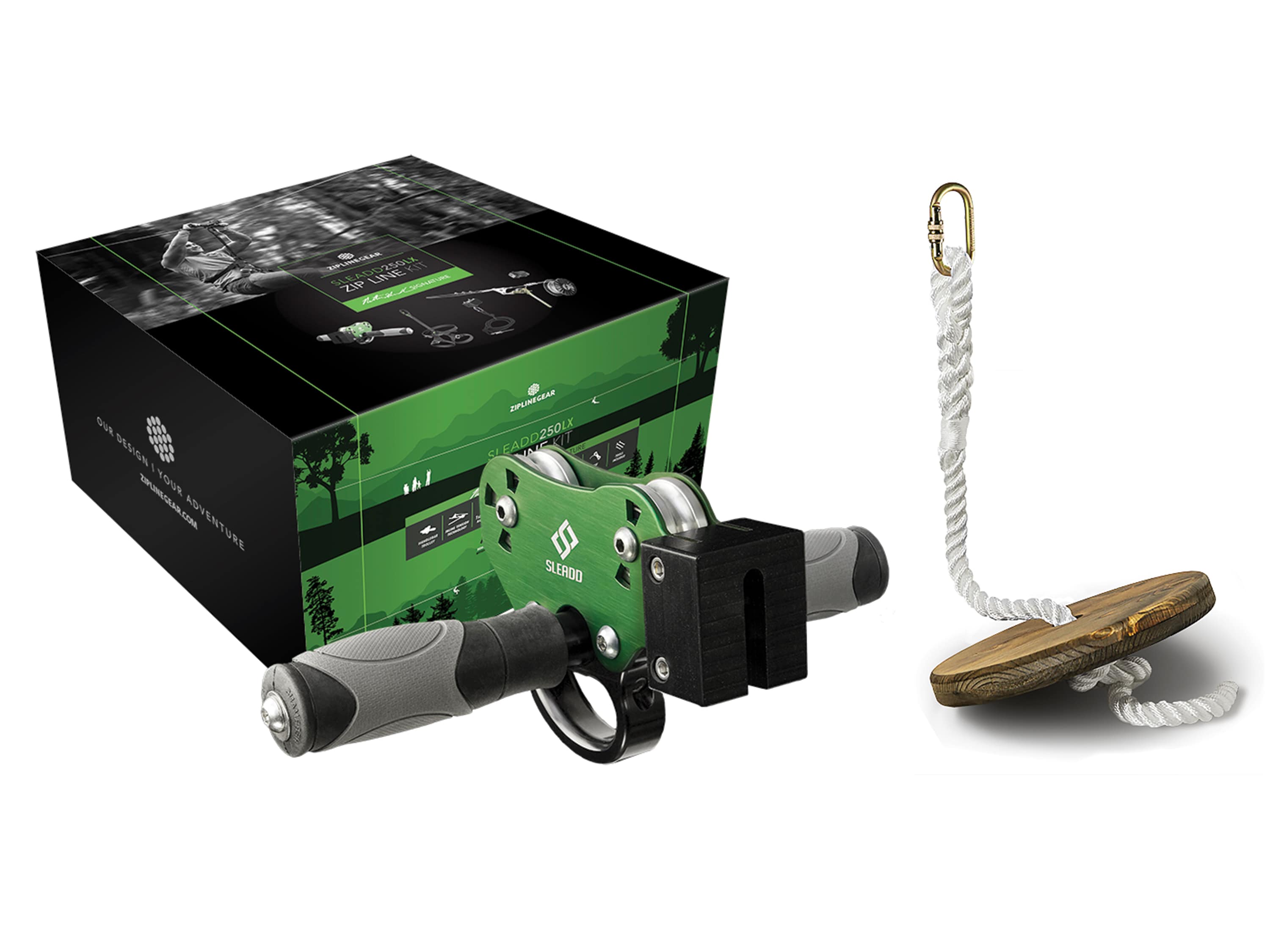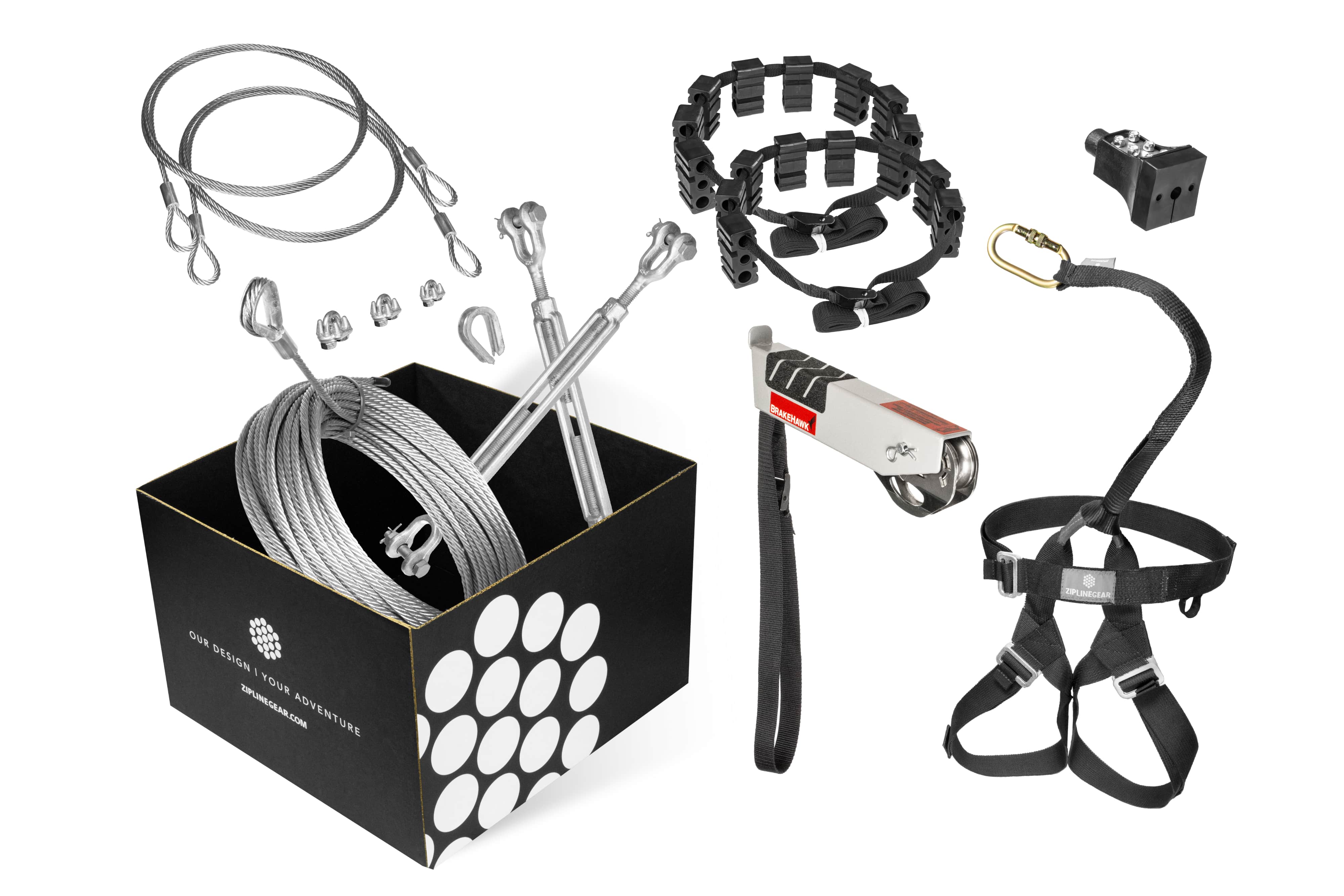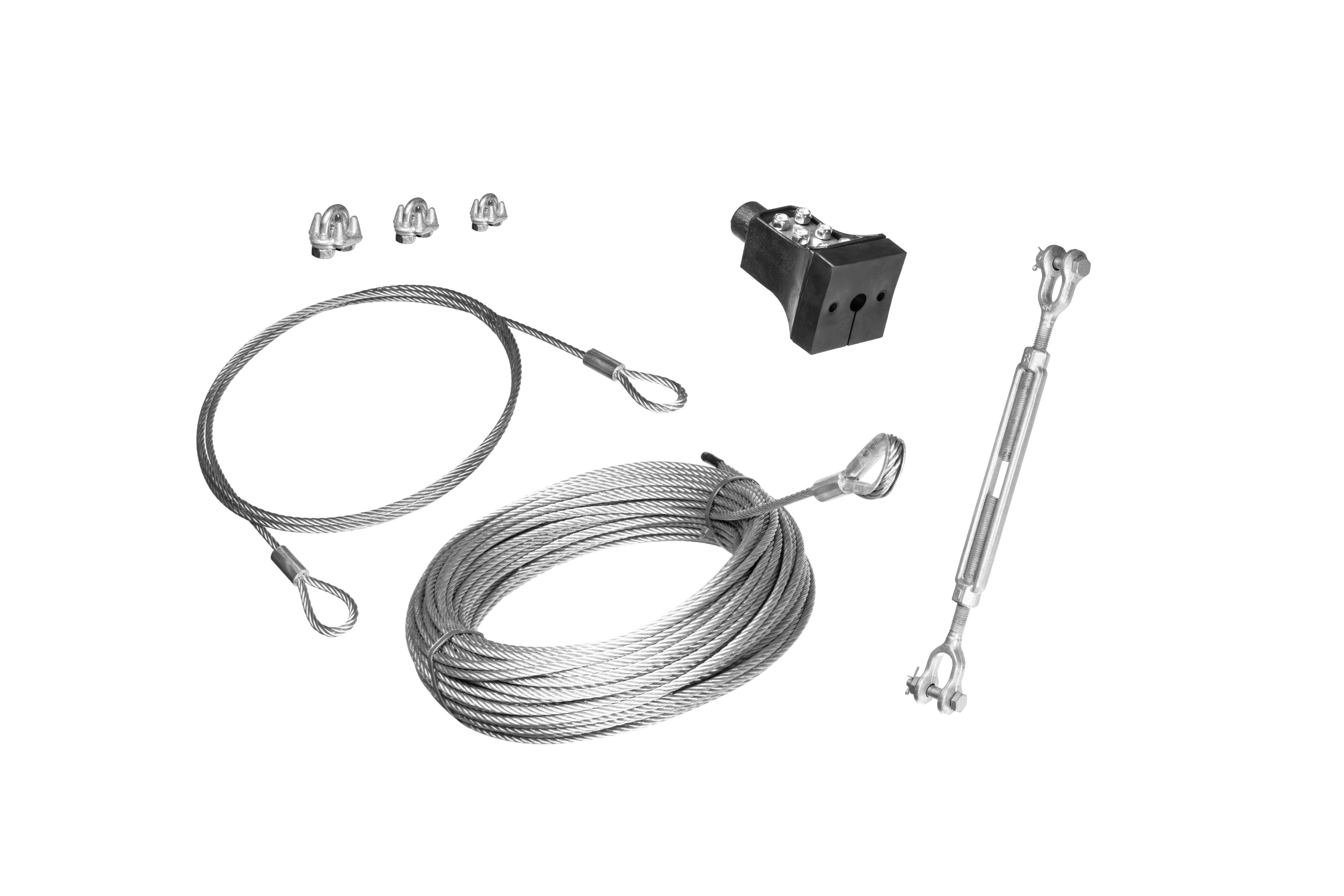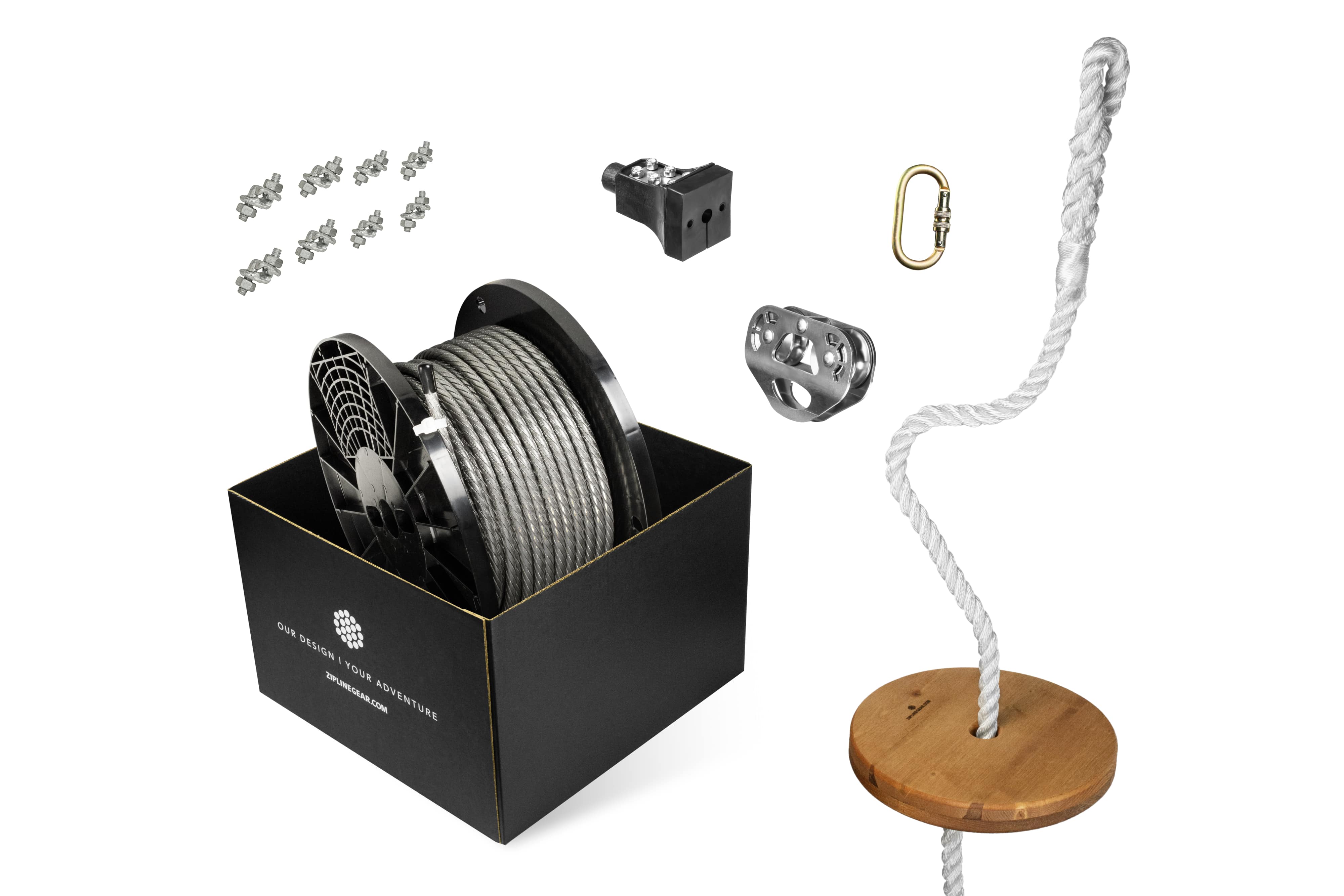Tips for Spooling out a Zip Line Cable
When stretching out a zip line cable during installation, it is important to spool it out so as not to create twists or kinks in the line. Putting tension on a twisted cable will create permanent kinks, which weaken the strands. A cable that has been accidentally kinked during the installation should be retired immediately, or cut at the location of the kink to salvage the cable on either side.
To avoid creating twists in the first place, simply ensure that the spool or cable is fed out with a rolling motion. Here are a few methods that work well:
Spools:
-
Set the spool flat on the ground near one end of the zip line, put a stake or pipe through the center and pound it into the ground. The stake will hold the spool in place while it spins and feeds out the cable. Pull out the cable to the opposite end, making sure to walk the exact path the zip line is going to take.
-
Pass a rod through the center of the spool, and set each end of the rod on a sawhorse, the sides of a tub, or similar support to allow the spool to spin freely as cable is drawn out.
-
Roll the spool across the ground from one end of the zip line to the other, allowing the cable to unspool as you go.
-
Secure the cable near one end of the zip line, pass a broomstick or other rod through the spool, and have two people walk the spool across the span, each holding one end of the rod. Be sure to wear leather gloves, the spinning spool will inevitably ride up against someone’s hand.
Coils:
-
Coils are the most at risk for twisting, because it’s tempting to grab an end from the center and pull it out. Instead, start the cable from the outside and use a hand-over-hand motion to spin the coil as the cable is rolled off.
- Choosing a selection results in a full page refresh.
